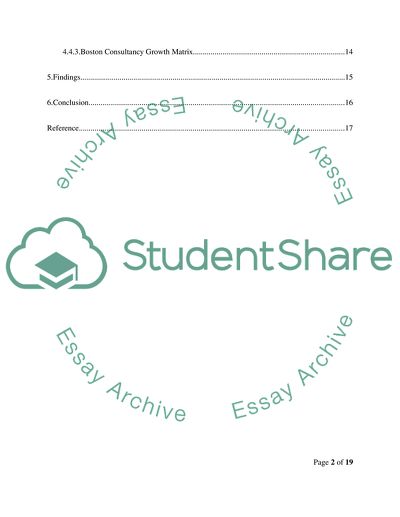Cite this document
(“Evaluation of Barclays Bank in India Essay Example | Topics and Well Written Essays - 2000 words - 1”, n.d.)
Retrieved from https://studentshare.org/marketing/1415664-case-study-barclays-bank-in-india
Retrieved from https://studentshare.org/marketing/1415664-case-study-barclays-bank-in-india
(Evaluation of Barclays Bank in India Essay Example | Topics and Well Written Essays - 2000 Words - 1)
https://studentshare.org/marketing/1415664-case-study-barclays-bank-in-india.
https://studentshare.org/marketing/1415664-case-study-barclays-bank-in-india.
“Evaluation of Barclays Bank in India Essay Example | Topics and Well Written Essays - 2000 Words - 1”, n.d. https://studentshare.org/marketing/1415664-case-study-barclays-bank-in-india.


